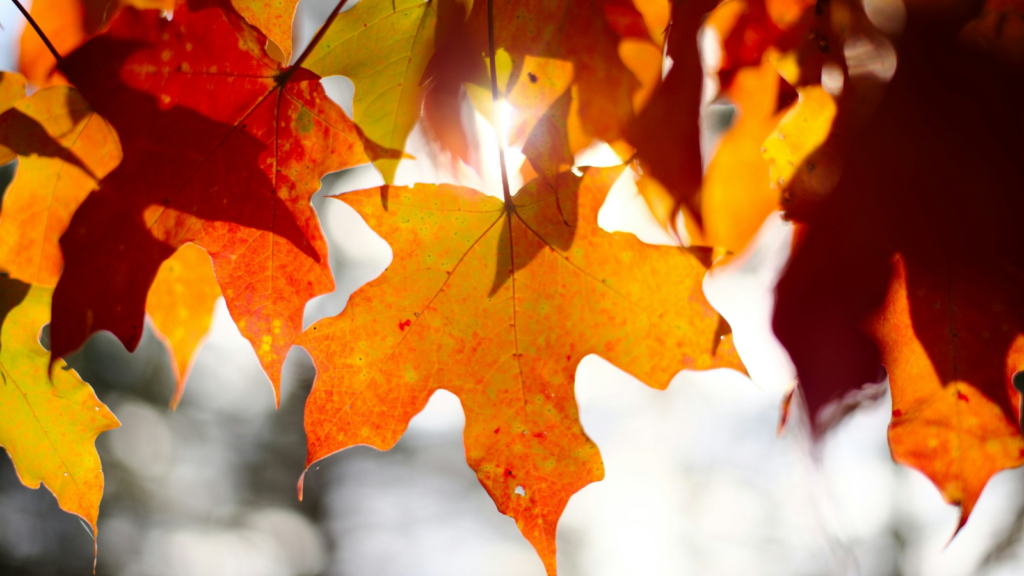For thousands of years, our ancestors didn’t have the luxury of modern weather apps or satellite systems. But that didn’t stop them from becoming skilled at predicting the weather, a skill that was crucial for survival. They relied on their keen observations of nature and patterns in the environment to forecast storms, droughts, or even just the coming day’s weather. It’s fascinating how these time-tested methods, passed down through generations, were often surprisingly accurate. As preppers, understanding how to read these natural signs can add another layer of preparedness to our toolkit. Here are 15 ways our ancestors predicted the weather by simply observing the world around them.
1. Observing the Clouds

Clouds were one of the most reliable indicators for our ancestors. Puffy, white cumulus clouds usually meant fair weather, while dark, thick clouds (nimbostratus) signaled rain or storms. By watching how clouds moved and changed, people could predict whether a storm was brewing or if it was going to be a clear day.
2. Studying Animal Behavior

Animals often acted as living barometers. Birds flying high in the sky typically meant fair weather, while birds staying low or flying erratically suggested an incoming storm. Likewise, cows lying down were thought to predict rain, possibly because they sensed the change in atmospheric pressure before humans did.
3. Red Sky at Night, Sailor’s Delight

The phrase “red sky at night, sailor’s delight; red sky in the morning, sailors take warning” originates from a centuries-old belief. A red sunset often signaled stable weather ahead because the dust particles in the air reflected red light, indicating high pressure. Conversely, a red sunrise warned of impending storms or unsettled weather.
4. Watching the Moon’s Halo

Our ancestors looked to the moon for more than just light. A halo around the moon was often seen as a sign of rain. This effect occurs when ice crystals in the atmosphere refract the moonlight, indicating high moisture levels and potential precipitation.
5. Paying Attention to Plant Behavior

Plants have their own ways of sensing weather changes. For example, pinecones open up in dry weather and close when it’s humid or about to rain. Dandelions also close their petals in the evening when rain is approaching, conserving their seeds.
6. Listening to Frogs Croaking

Frogs are sensitive to humidity and moisture in the air. When frogs croaked louder and more frequently, it was often a sign that rain was on its way. This was because they thrive in wet conditions, so their behavior would change with the weather.
7. Smoke Direction from a Fire

For people who lived closely with nature, the way smoke rose from a fire was a clear indicator of upcoming weather. If the smoke from a fire rose straight into the sky, fair weather was expected. If the smoke swirled or stayed low to the ground, a storm was likely on the way due to falling air pressure.
8. Wind Changes

Ancient cultures paid close attention to wind direction and strength. Winds from the west usually brought clear skies, while winds from the east were thought to bring storms. A sudden shift in wind patterns often preceded significant weather changes.
9. Dew on the Grass

Our ancestors would often check for dew in the morning to predict the day’s weather. If the grass was wet with dew, it usually meant the day would be clear. However, if the dew was absent, rain was likely in the forecast, as clouds trapped moisture in the air.
10. Ring Around the Sun

Similar to the halo around the moon, a ring around the sun was an ancient warning sign of wet weather. This phenomenon is caused by sunlight being refracted by ice crystals in high-altitude clouds, indicating a high level of moisture in the atmosphere.
11. Ants Building Higher Mounds

Ants have been known to build higher mounds when heavy rain is approaching. Their instincts guide them to protect their colonies from flooding, and their activity is often a good indicator of an impending storm or rain.
12. Fish Swimming Close to the Surface

Fishermen used to notice that fish would swim closer to the surface of lakes or rivers before a storm. This is because fish are sensitive to changes in barometric pressure, and lower pressure (a sign of bad weather) pushes them closer to the surface.
13. Cats Cleaning Their Ears

This might sound odd, but our ancestors believed that when cats washed behind their ears, it was a sign of rain. While there’s no scientific backing for this, it’s likely tied to cats’ sensitivity to atmospheric changes, possibly causing them to groom more.
14. Swarming Insects

Insects, like flies and mosquitoes, tend to become more active and swarm just before rain or a storm. This might be because they sense the increased humidity and lower pressure, making it easier for them to fly and feed.
15. Tree Leaves Turning Upside Down

One of the lesser-known weather predictors involves trees. When leaves, particularly from trees like maples, appear to turn upside down, it’s often a sign of incoming rain. The change in air pressure and humidity causes the leaves to react in this way, making them an early indicator of a storm.
16. Bees Staying Close to Their Hive

Bees can be excellent weather predictors. When bad weather, like rain or a storm, is approaching, bees tend to stay close to their hive or not venture out at all. They can sense changes in humidity and air pressure, which impacts their foraging behavior. On the other hand, when the weather is fair, bees will fly far and wide to collect pollen

